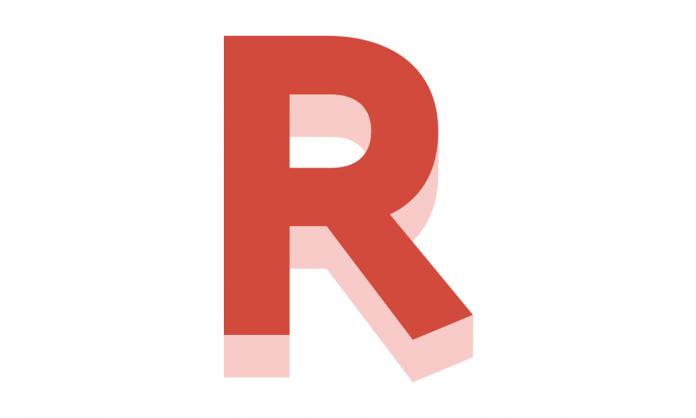A new report from the Australia Institute paints a disturbing picture of the increasingly unequal division of wealth in our society. The report, Inequality on Steroids: The Distribution of Economic Growth in Australia, looks at how the benefits produced by economic growth have been distributed between the top 10 percent and the bottom 90 percent of income earners.
By combining data on changes in average national income per adult and changes in the share of national income going to the top 10 percent of earners, the report calculates how growth in national income has been distributed.
The report looks at five periods of economic expansion between 1950 and 2019, which generally begin and end with a recession or crisis of some kind: 1950-1960, 1961-1981, 1982-1990, 1991-2008 and 2009-2019.
In the 1950s, 96 percent of benefits from economic growth flowed to the bottom 90 percent of earners, but in subsequent decades this percentage steadily declined. In the 1960s and ’70s it fell to 84 percent, and in the ’80s it was down to 52 percent. In the 1990s and 2000s, there was a small increase to 64 percent, but overall, the trend of these periods was increasing inequality.
In the most recent period considered by the report, 2009-2019, this trend has been supercharged. When looking at the distribution of benefits from economic growth in this period, which began with the Global Financial Crisis and ended with the onset of the COVID-19 pandemic, the numbers are shocking: only 7 percent of benefits went to the lowest 90 percent of earners, while the top 10 percent of earners received a staggering 93 percent.
The report also compares the distribution of benefits from economic growth in Australia to other developed countries. In this period, the 93 percent share received by Australia’s highest earners was far higher than in countries such as Canada, where top earners received 58 percent, the UK (72 percent), China (47 percent), and the US (63 percent).
The report blames this “inequality on steroids” on a “fairly weak expansion together with a significant redistribution of income towards the top tenth”, as well as deeper forces such as the weakening of unions and the oligopolistic nature of Australia’s business landscape.
What this data also shows is that it has made little to no difference to rising inequality whether Labor or the Coalition has been in power. Over the past 40 years, both have pursued the same neoliberal economic agenda to the benefit of the wealthiest few.
Though shocking, these statistics are not surprising. As the recent Survival of the Richest Oxfam International report showed, billionaires everywhere are only getting richer. Since 2020, the world’s richest 1 percent have grabbed nearly 63 percent of all new wealth created (around US$26 trillion). In Australia, combined billionaire wealth is up 61 percent since before the COVID-19 pandemic.








